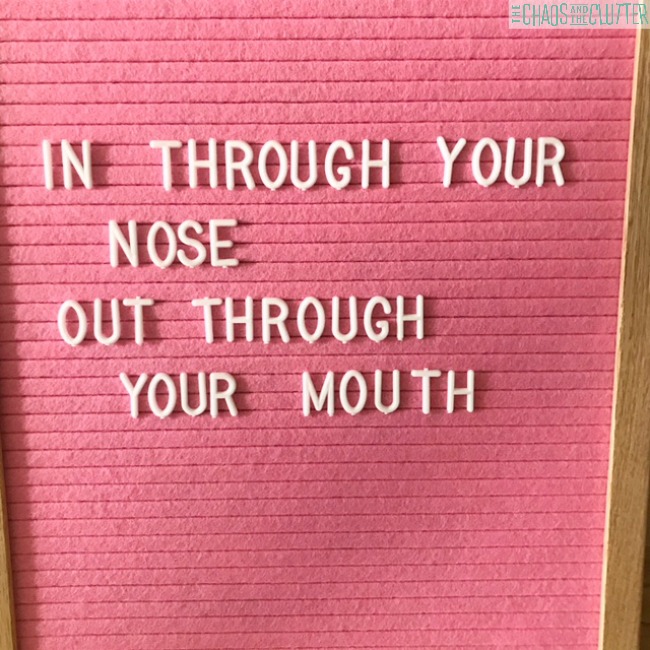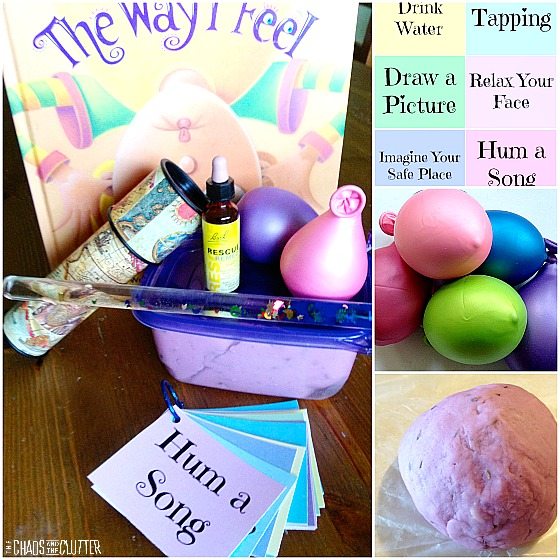Sensory bins are a fun way to get your kids engaged in imaginative play. And while they’re perfect for encouraging your child to play independently, you can also use these learning tools to help reinforce important concepts, like emotions. With this fun jungle sensory bin, your preschooler can have fun playing with cute jungle animals while also practicing emotional identification.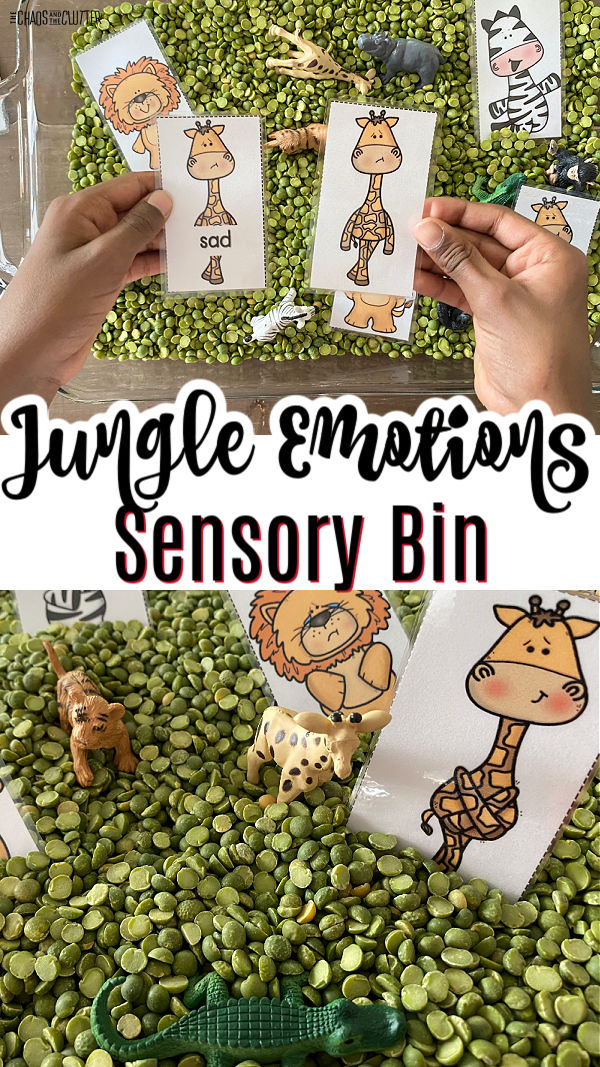 This activity is great for preschools, Kindergarten classrooms, or home. You can easily adapt the questions you ask for older and younger kids. Learning opportunities:
This activity is great for preschools, Kindergarten classrooms, or home. You can easily adapt the questions you ask for older and younger kids. Learning opportunities:
- early reading
- matching
- jungle animals
- emotions
- sensory play
How to Make a Jungle Sensory Bin
Materials Needed:
- Large bin or dish
- Split peas or other green filler (see suggestions below)
- Toy jungle animals
- Printable jungle animal feelings cards (you can download those here)
- Scissors
- Laminator (optional)
Instructions:
- Fill the bin with your filler material.
- Add the jungle animal toys.
- Print out the jungle animal feelings cards and cut them out. Laminate for durability, if desired.
- Place the cards inside the bin with the toys.
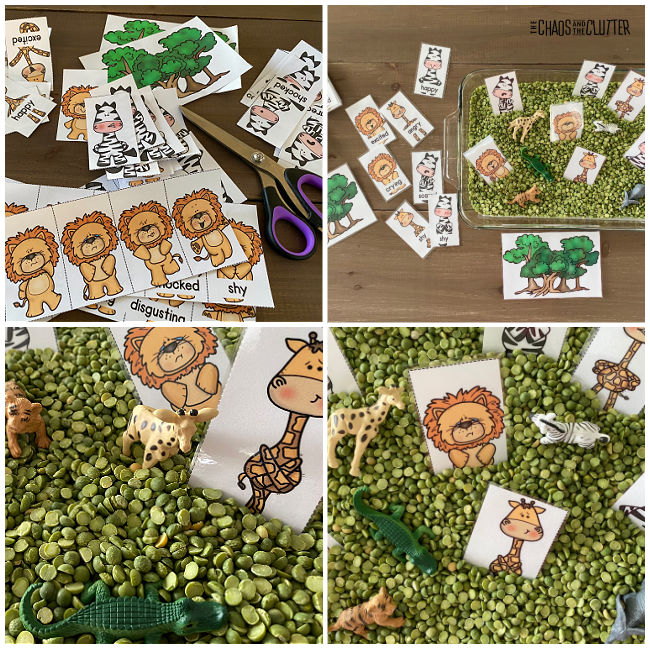
How Do You Play with this Feelings in the Jungle Sensory Bin?
After you put your jungle themed bin together with the filler, toys, and printable cards, it’s time for your kids to have some fun! Let your child explore the items in the bin independently first. Then, you can encourage them to identify the different feelings they see on the animal cards.
These simple prompts are a great way to get your kids thinking about the jungle themed animals inside their sensory bin:
- Point at the sad lion.
- Show me the angry zebra.
- Find the happy giraffe.
- Which animal is angry?
- How is the zebra feeling?
- Can you find the sad giraffe?
- Why do you think the lion is crying?
- Is the zebra excited?
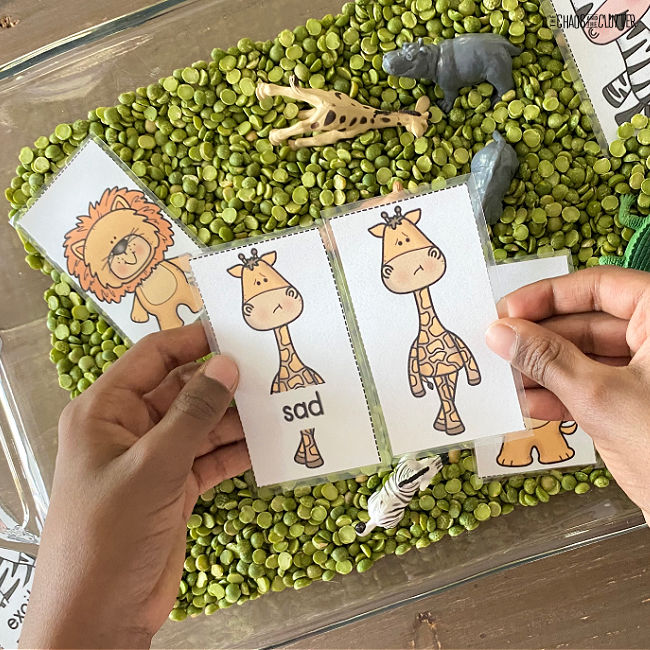
Since this printable activity features a variety of feelings and emotions on each set of cards, your kid can have tons of fun playing with their favorite jungle animals and learning about feelings at the same time. The cards feature three different popular jungle animals: giraffes, lions, and zebras. And each animal displays 10 different emotions:
- Happy
- Sad
- Angry
- Disgusted
- Shy
- Confused
- Scared
- Shocked
- Crying
- Excited

Jungle Sensory Bin Variations
- Use different filler materials, like Easter grass, Spanish moss, small rocks, sand, water beads, or colored rice
- Add other jungle themed toys, like small trees, sticks, flowers, or leaves
- Provide fine motor toys, like tweezers or scoops, to add to the jungle fun
- Use the cards outside of the box by helping your child match the different animal’s emotions
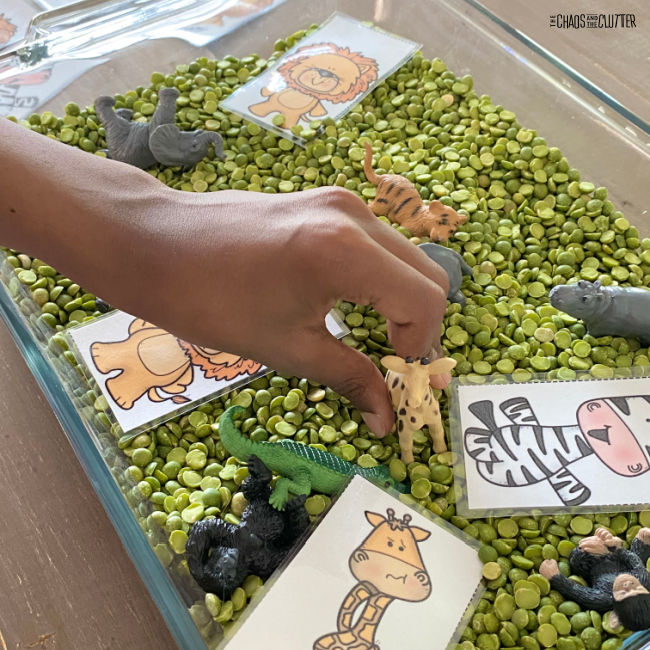
Activities to Expand Your Jungle Sensory Bin Lesson
- Read books about jungle animals or emotions
- Identify your own emotions as they occur throughout the day
- Discuss how different situations make you or your child feel as they’re happening
- Draw or paint pictures of different jungle animals or emotions
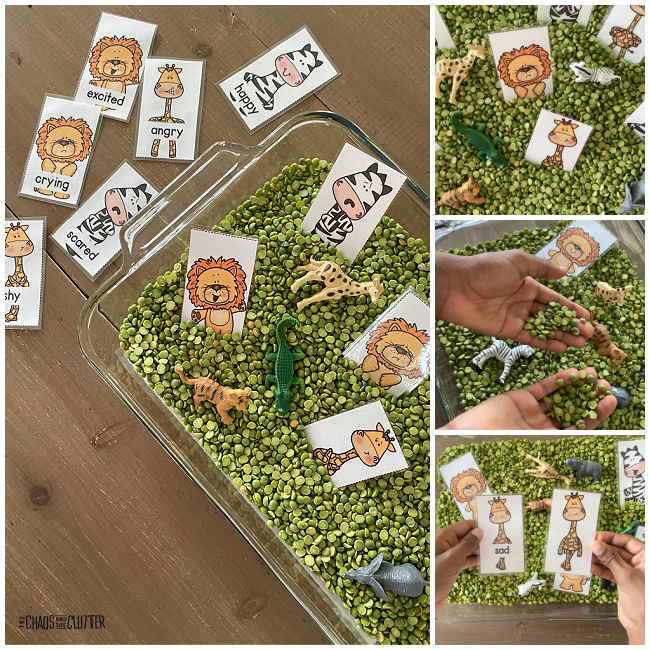
Sign up with your email address to receive the free printable emotion matching cards.
You may also be interested in:
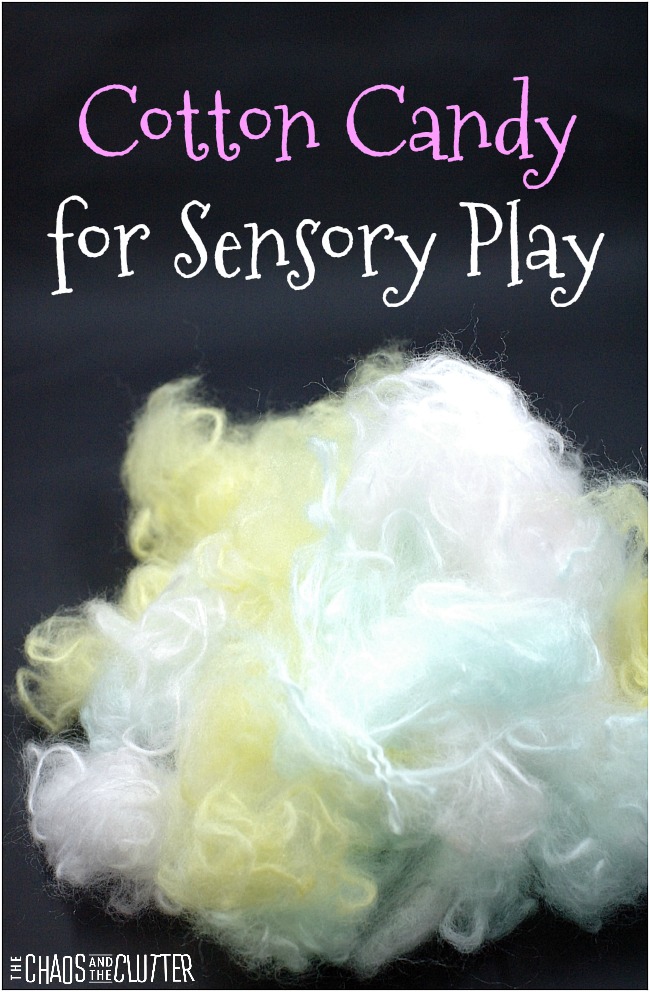 How to make fake cotton candy for sensory play:
How to make fake cotton candy for sensory play: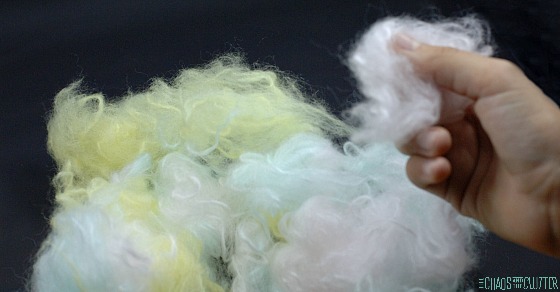 This sensory cotton candy would be so cute in a carnival or circus themed sensory bin!
This sensory cotton candy would be so cute in a carnival or circus themed sensory bin!
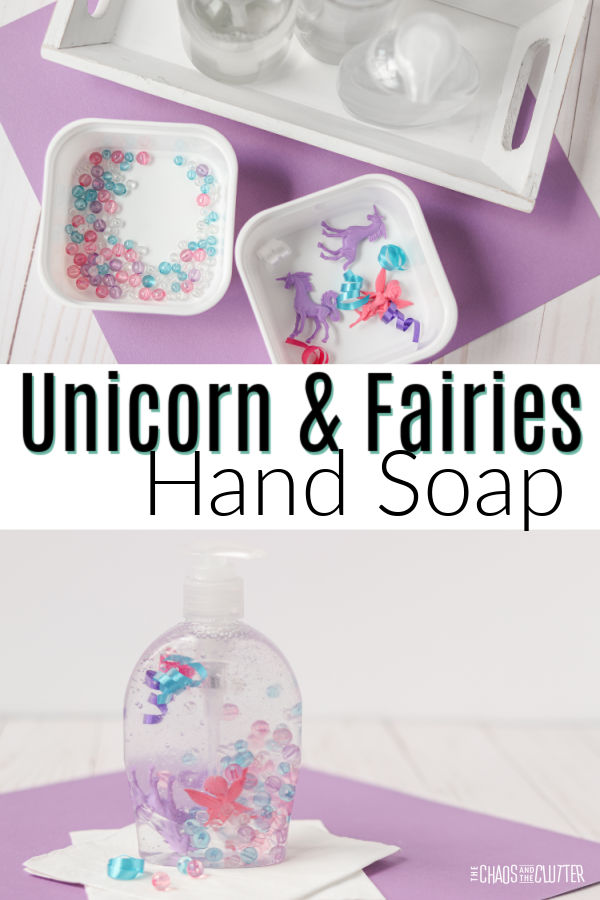
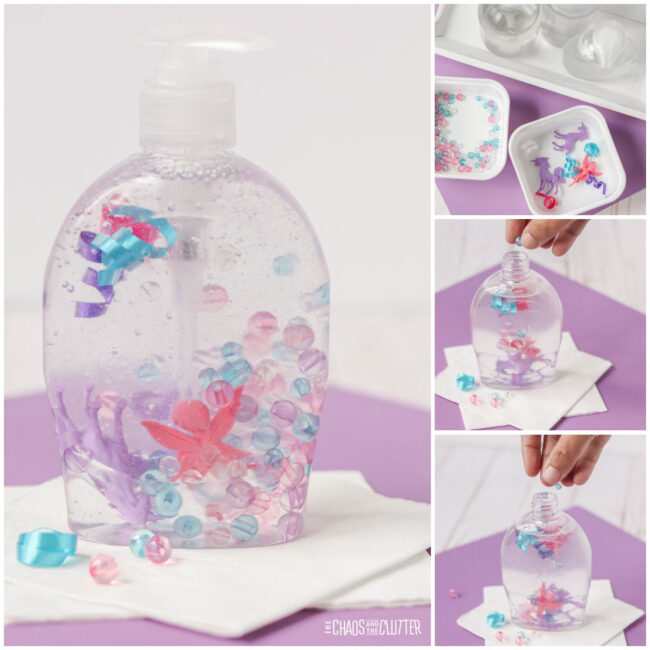

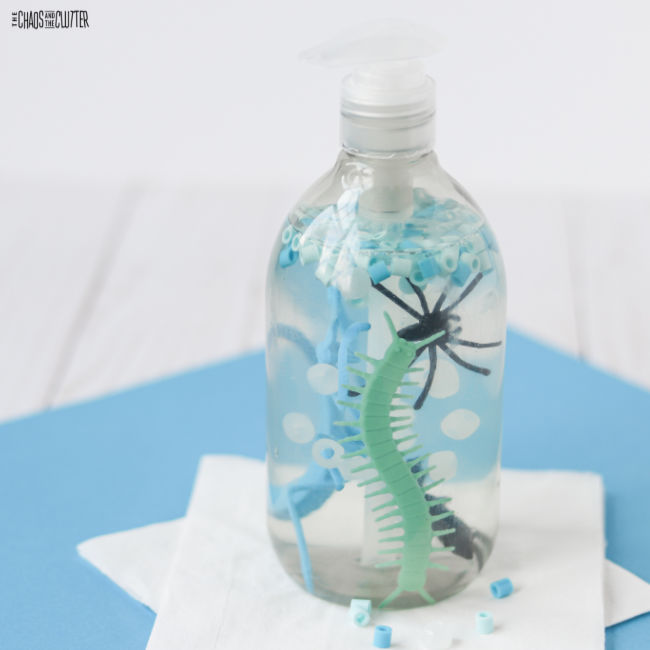
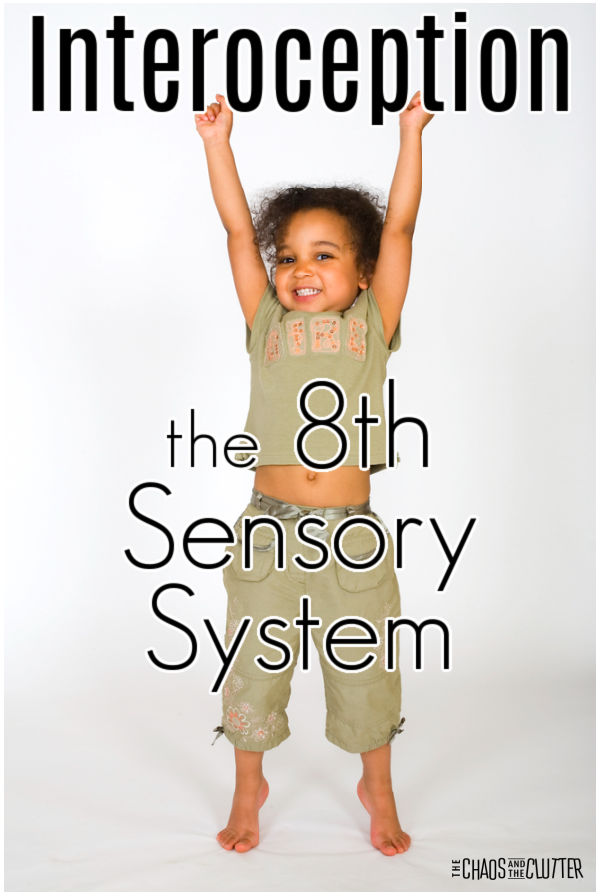 So what is interoception? While the other sensory systems are focused on the perception of external sensations, interoception is the perception of internal sensations.
So what is interoception? While the other sensory systems are focused on the perception of external sensations, interoception is the perception of internal sensations. 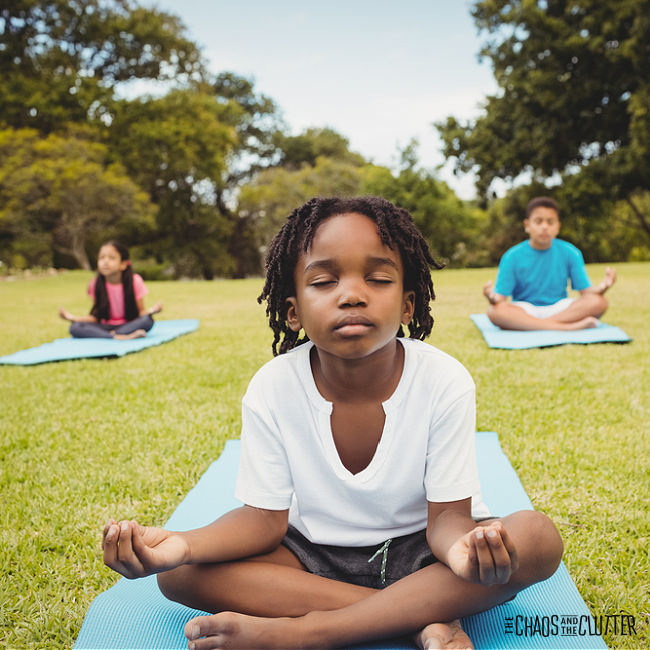
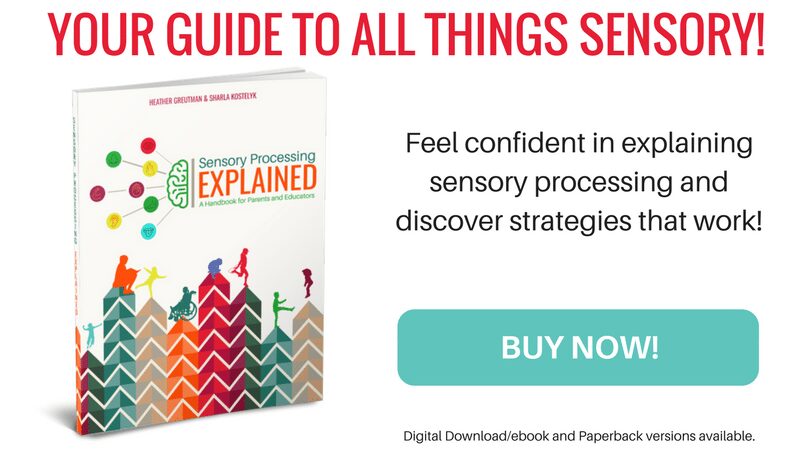
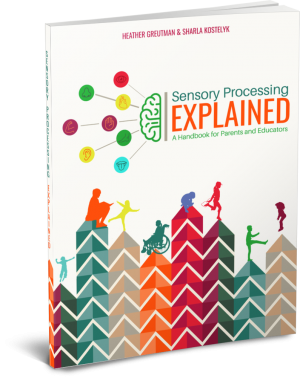

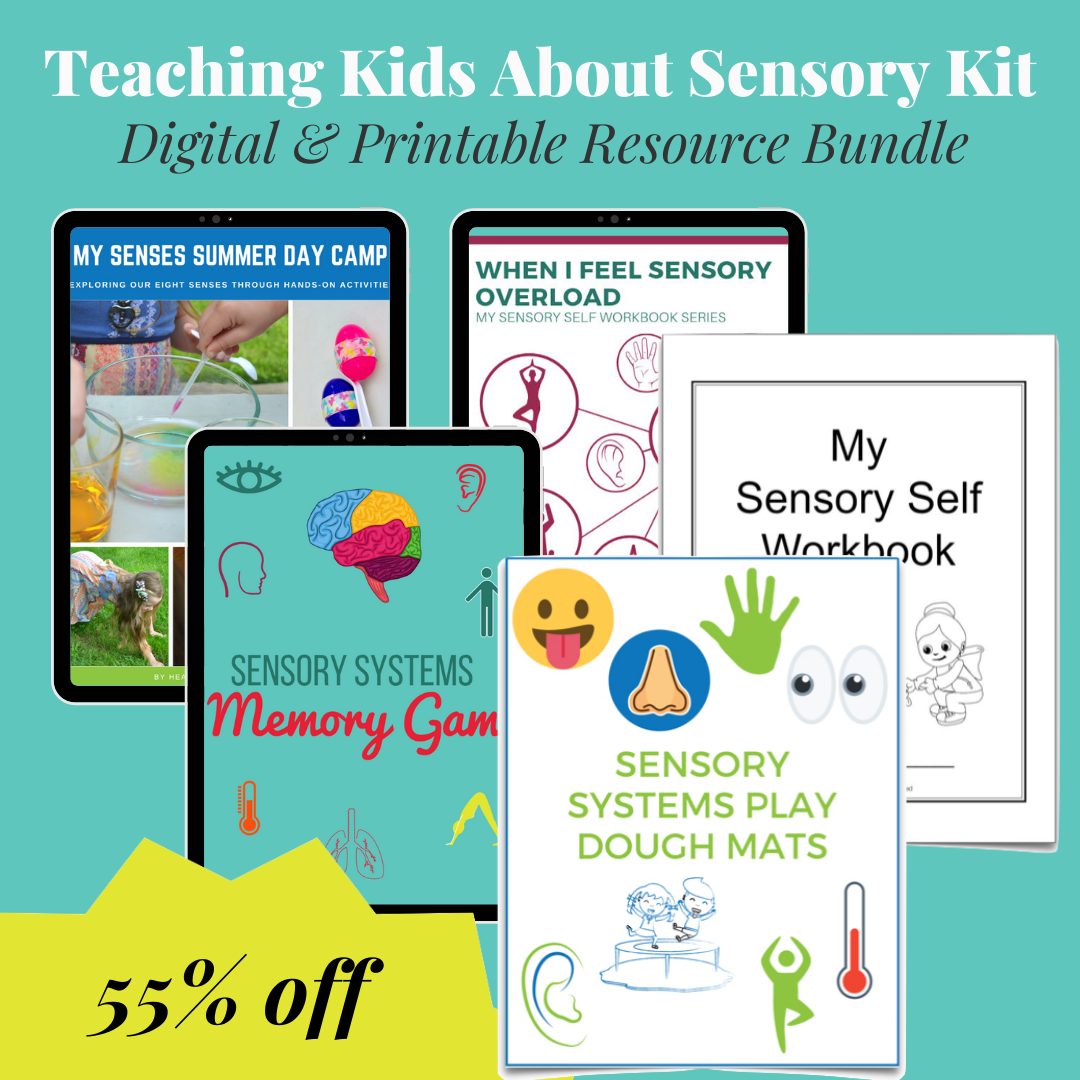
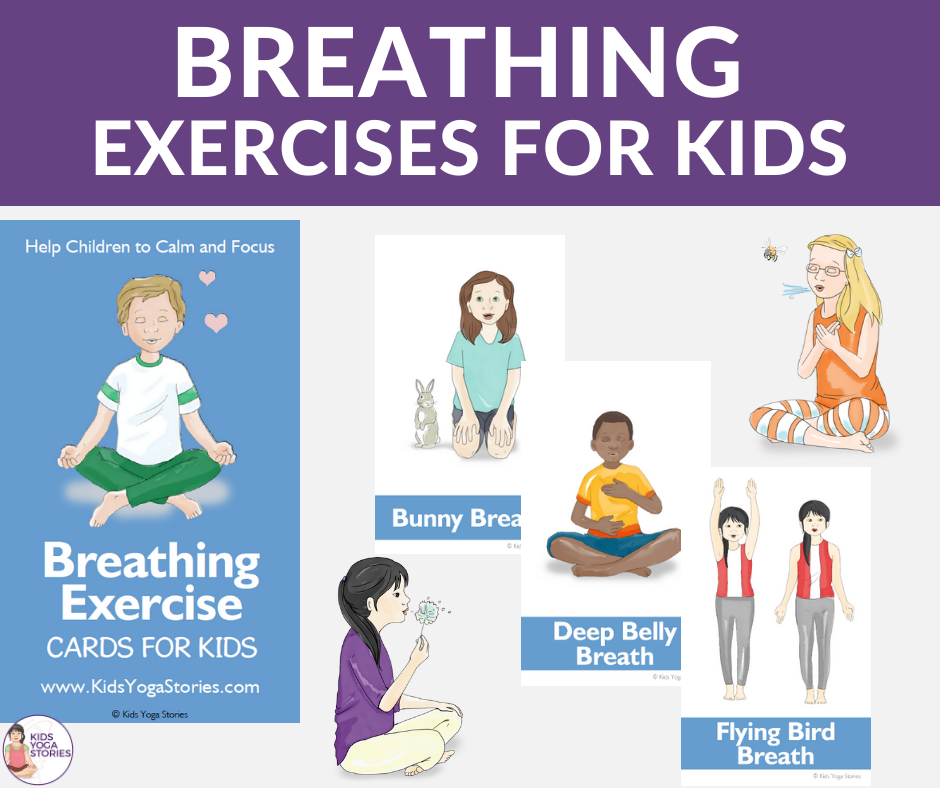
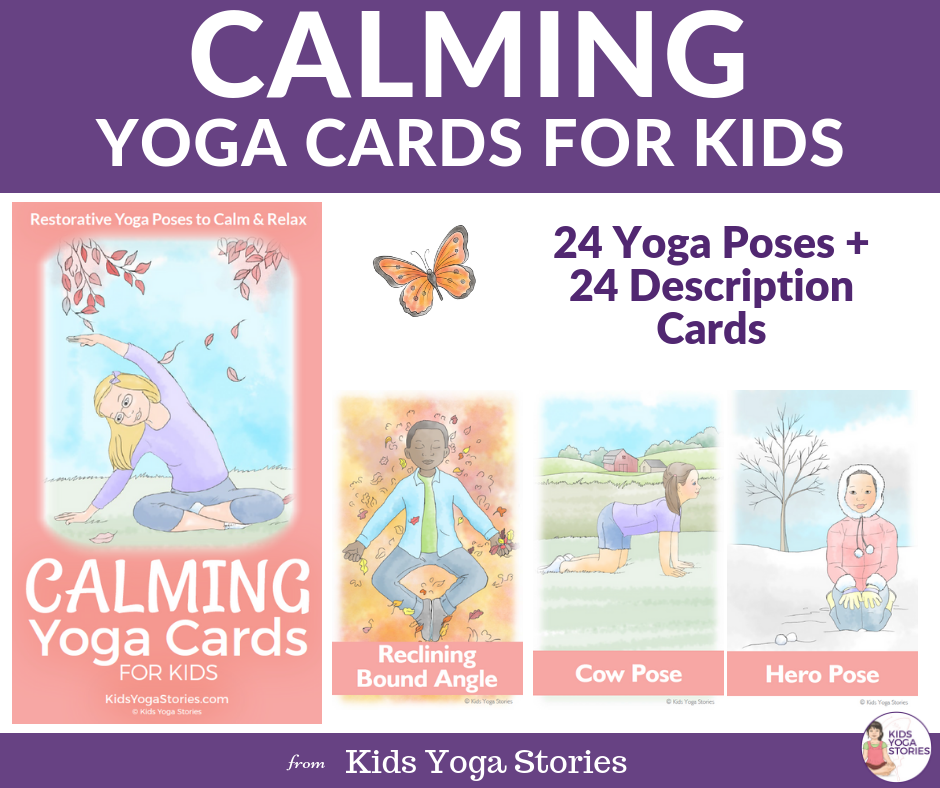





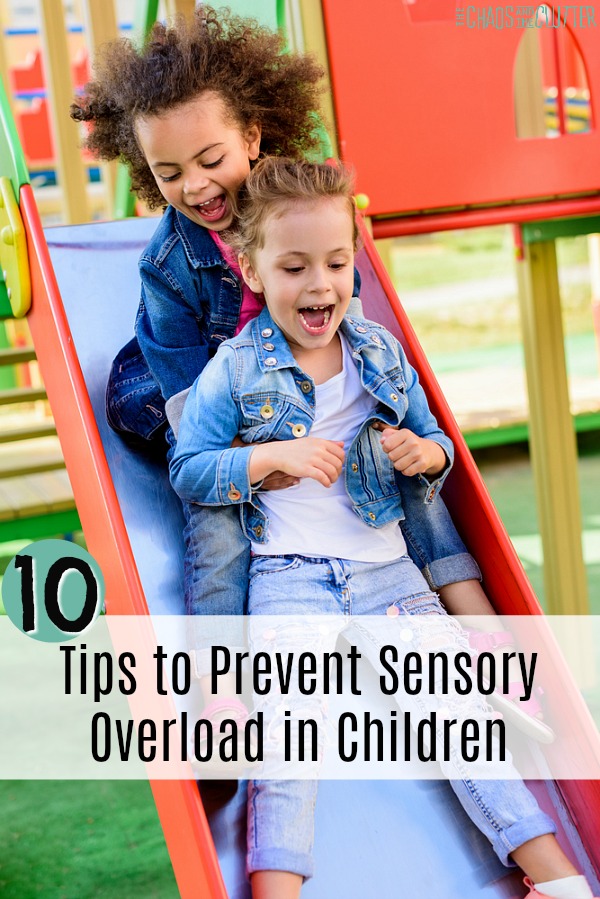 Even if you don’t struggle with sensory issues yourself, I’m sure you can relate to the feeling of sensory overload. We’ve all been there. For some, it may be at a concert or crowded event. For others, it’s being in a gymnasium full of screeching preschoolers. Or perhaps for you, it’s
Even if you don’t struggle with sensory issues yourself, I’m sure you can relate to the feeling of sensory overload. We’ve all been there. For some, it may be at a concert or crowded event. For others, it’s being in a gymnasium full of screeching preschoolers. Or perhaps for you, it’s 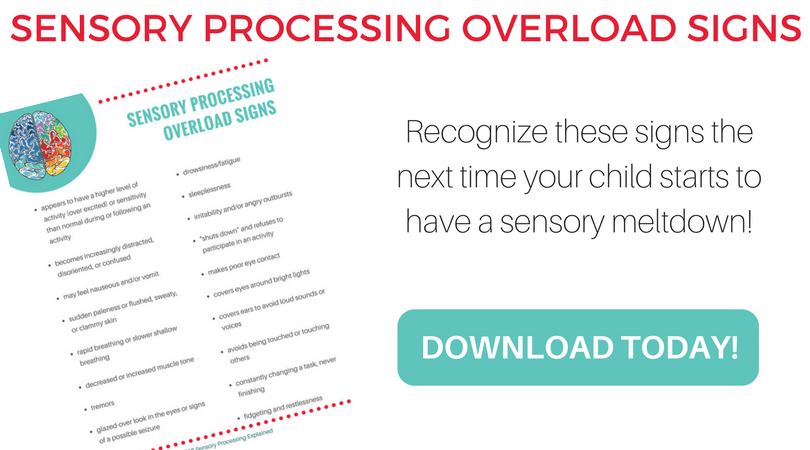
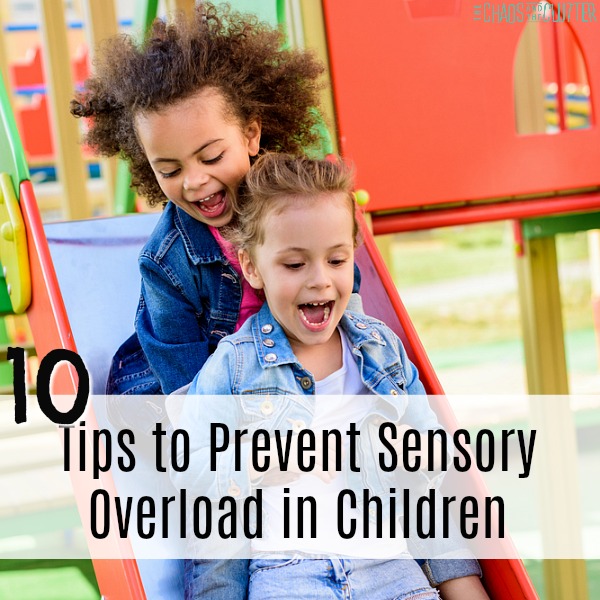
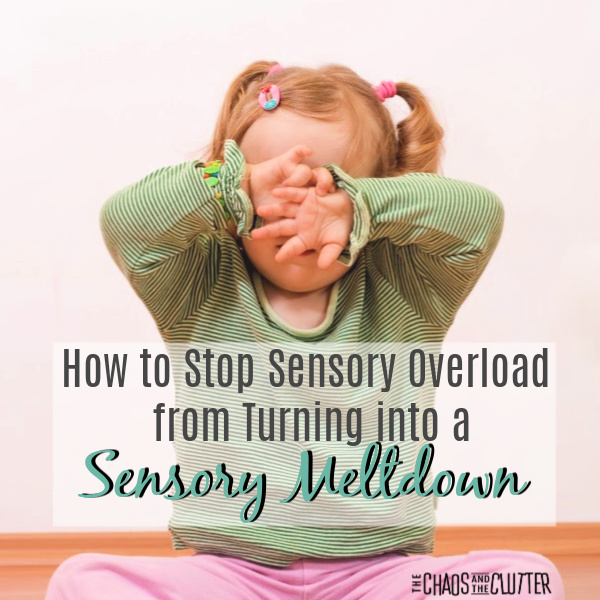
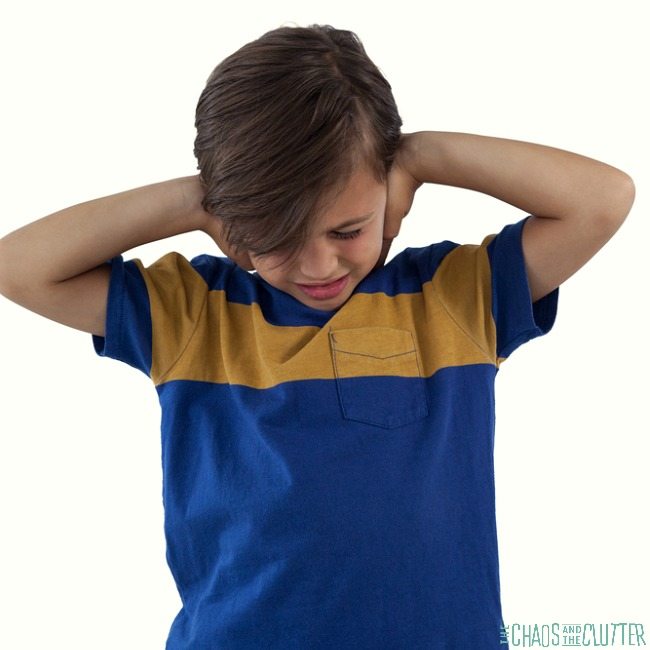
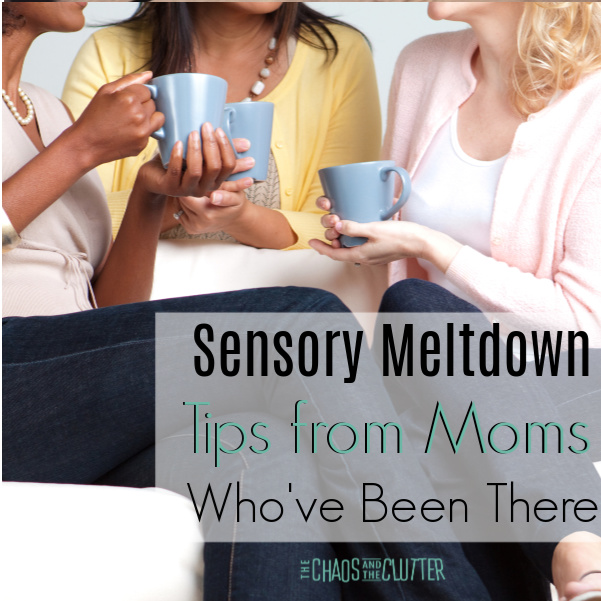
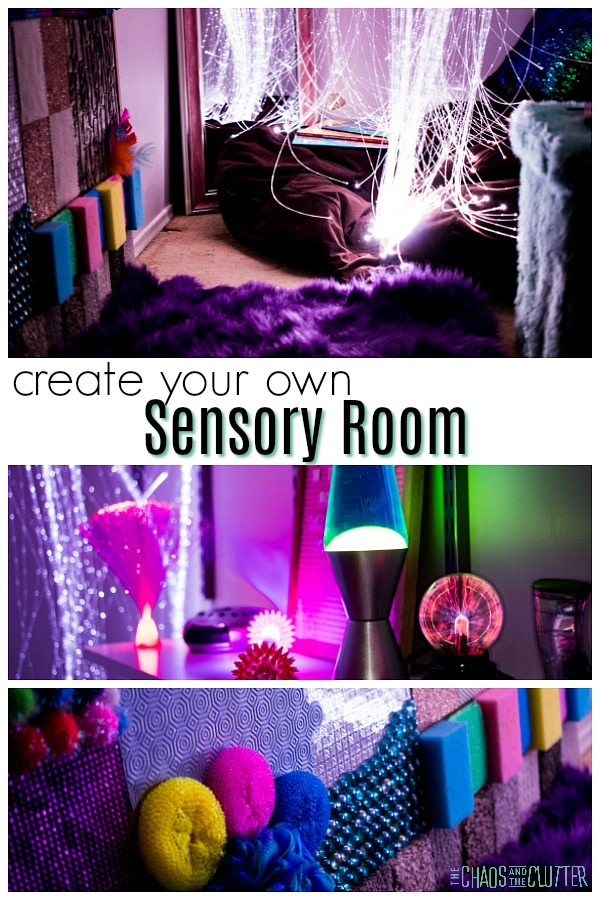 The kids got older. I still saw the need for a sensory room. I knew that if I didn’t create one now, they would soon be grown. That prompted my decision to use a storage closet as the space. I began planning how I could make things myself instead of purchasing expensive equipment.
The kids got older. I still saw the need for a sensory room. I knew that if I didn’t create one now, they would soon be grown. That prompted my decision to use a storage closet as the space. I began planning how I could make things myself instead of purchasing expensive equipment.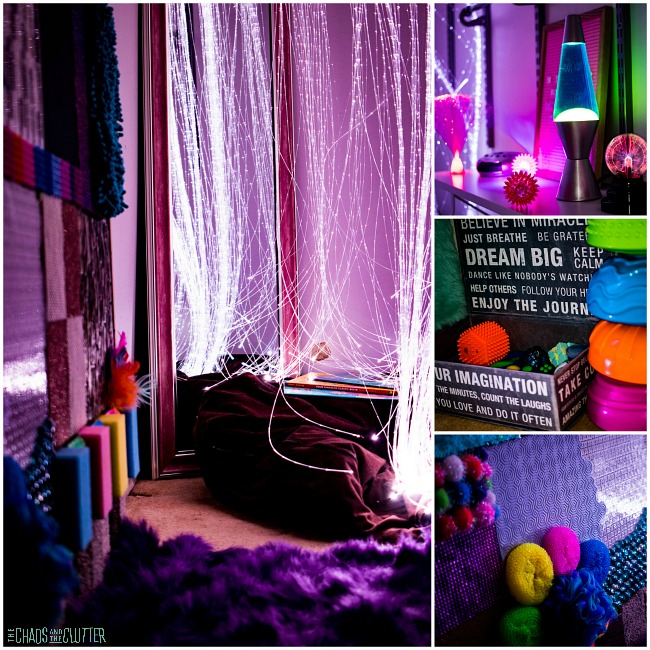 (photos courtesy of Shelley of
(photos courtesy of Shelley of 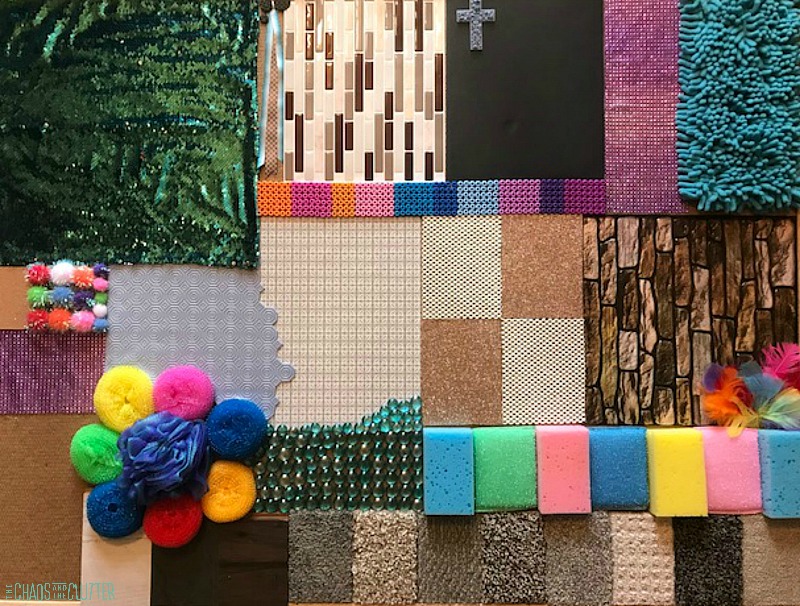
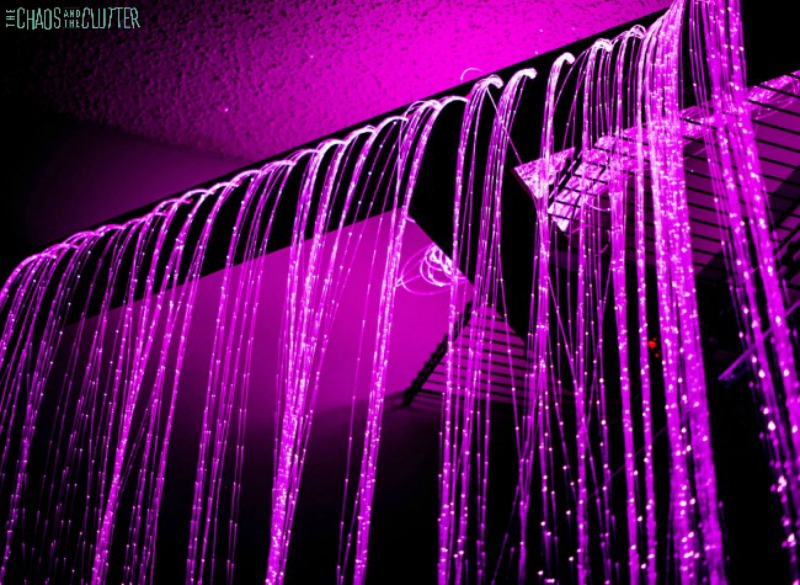 I placed a bean bag chair under the fibre optic light curtain and a mermaid pillow on top of the bean bag chair. I also have a few “brain friendly” books sitting there in case one of the kids wants to read while they are in the calm down corner.
I placed a bean bag chair under the fibre optic light curtain and a mermaid pillow on top of the bean bag chair. I also have a few “brain friendly” books sitting there in case one of the kids wants to read while they are in the calm down corner. 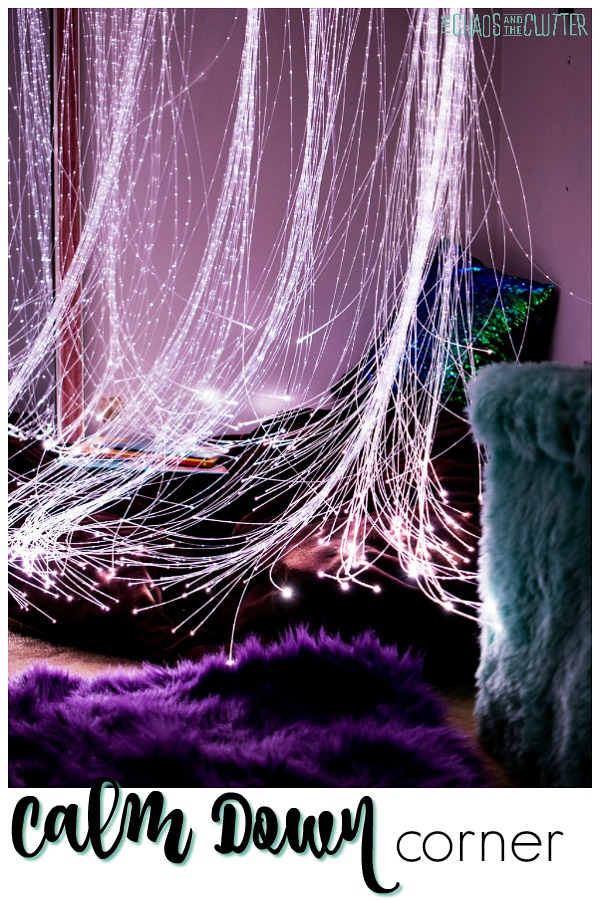 There is a long mirror across from that corner. This is for two reasons. The first is that the room used to be a storage closet so it’s very small and the mirror helps it feel bigger. The second is that kids can use the mirror to monitor their breathing and facial expressions which can help them to self-regulate.
There is a long mirror across from that corner. This is for two reasons. The first is that the room used to be a storage closet so it’s very small and the mirror helps it feel bigger. The second is that kids can use the mirror to monitor their breathing and facial expressions which can help them to self-regulate.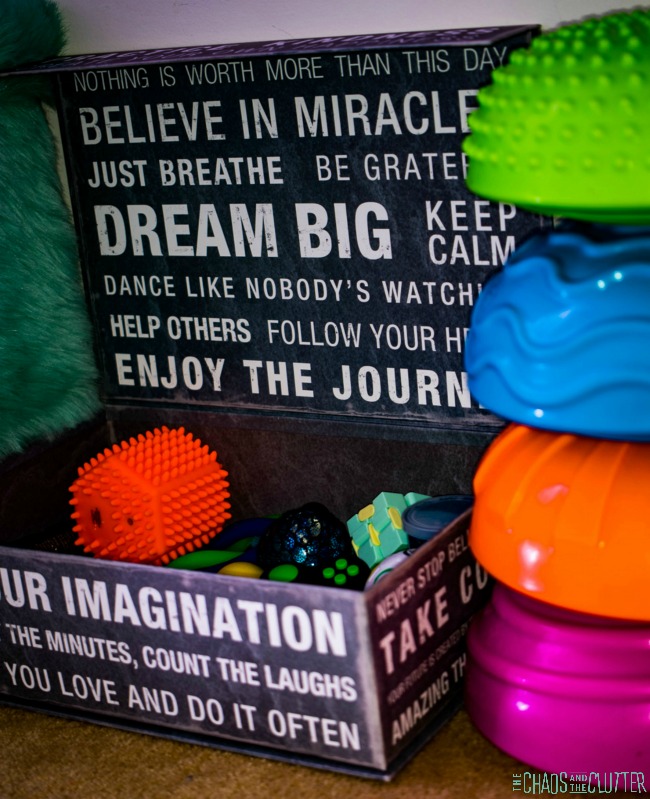 The box contains all kinds of fidgets including pencil toppers,
The box contains all kinds of fidgets including pencil toppers, 











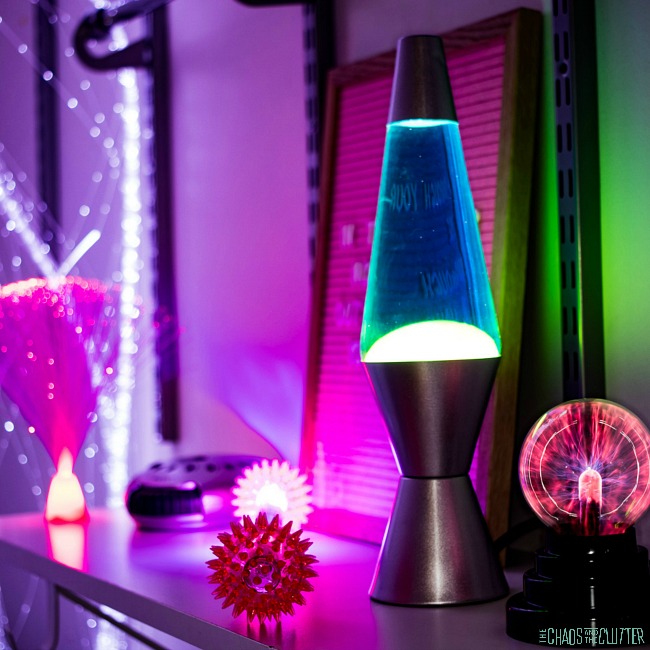 On the felt board, I put the words “In Through Your Nose Out Through Your Mouth” as a reminder for my kids to do their
On the felt board, I put the words “In Through Your Nose Out Through Your Mouth” as a reminder for my kids to do their 